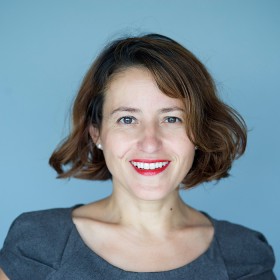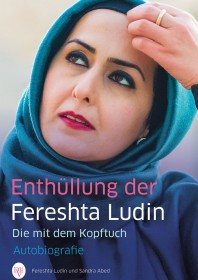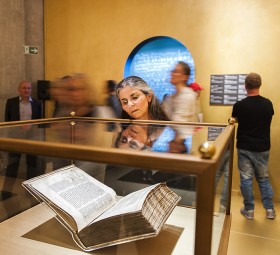The “Daughters and Sons of Gastarbeiters” (guest workers) are the Academy of the Jewish Museum Berlin’s guest on 14 October 2015, part of the “New German Stories” series. As children, these Berlin authors followed their parents to Germany from their home villages in Anatolia, southern Europe and the Balkans, or they were born into working-class neighborhoods around Germany. Their mothers and fathers were supposed to bolster the German economic recovery as mere “guest workers”. The authors tell their personal stories, look back, follow their parents’ paths and thus add to Germany’s culture of memory. In advance of the event, we’ve asked three questions of Çiçek Bacık, the project’s leader and co-initiator:

Çiçek Bacık © Neda Navaee
Ms. Bacık, how did the “Daughters and Sons of Gastarbeiters” come to be and what was the motivation to tell these personal stories?
Last year, I went to a reading with my friend, the journalist Ferda Ataman. We were sitting in a bar afterwards. “Ferda, we have to start telling our stories and share them with others. We ourselves have to shed light on a dark chapter of our past we’ve successfully repressed,” I said. “Sure, and what’s stopping us?” That was the starting point for “Daughters and Sons of Gastarbeiters”. Our first reading took place in January 2015 at the Wasserturm in Kreuzberg. → continue reading
A Conversation with Fereshta Ludin about the Headscarf Debate, Discrimination, and Her Hopes for the Future.
To win the right to work as a teacher in the classroom while wearing her headscarf, Fereshta Ludin had to go all the way to the German Supreme Court (see below). On 17 September 2015, she will join us as part of the series “New German Stories” to introduce her book Enthüllung der Fereshta Ludin. Die mit dem Kopftuch (“The Unveiling of Fereshta Ludin: The One with the Headscarf”). Rafiqa Younes and Julia Jürgens spoke with her in the lead-up to the event.

Book cover © Deutscher Levante Verlag
Ms. Ludin, did you ever guess that the first lawsuit you filed against your employers, in 1998 when you were 25 years old, would set off a nationwide debate about the headscarf ban?
You can’t really imagine something like that. I was still very young and idealistic. I wanted to work as a teacher and had no intention of provoking the public or any politicians.
From your perspective, was it worth it to go all that way through courts, becoming, as you did, a public figure – “the one with the headscarf” as the title of your book ironically references?
I don’t regret a single step along the way. I would have regretted much more, to have had to endure the injustice. I took an active stand against discrimination by going through the courts. Many other women were also affected. It was never my aim to become a public person. → continue reading
A Conversation about the Exhibition “Obedience”
The exhibition “Obedience. An Installation in 15 Rooms by Saskia Boddeke & Peter Greenaway,” which has just been extended for two months, prompts extremely varied visitor responses. Atalya Laufer and Marc Wrasse regularly give guided tours of the exhibition. They talked to me recently about the experiences they’ve had, how they see the exhibition, and what they believe is at the root of visitors’ reactions.
Mirjam Wenzel: What form do your guided tours of the exhibition take?

Visitor in the “Golden Room” with manuscripts of the three monotheistic religions © Jewish Museum Berlin, photo: Jule Roehr
Marc Wrasse: We don’t so much guide visitors as accompany them on a three-step journey of discovery. We welcome the group and give a brief introductory talk, during which we point out that the Museum commissioned two artists to create the exhibition. Then, together with the visitors, we read aloud the relevant passage of the Bible—incidentally, the translation by Moses Mendelsohn—before leaving them to the exhibition.
Atalya Laufer: I prefer to use the translation by Martin Buber and Franz Rosenzweig.
Marc: But you too use roleplay, do you not, when reading the Bible story? That way, we make it clear that we want to explore the exhibition with our visitors and enjoy a shared experience. → continue reading


